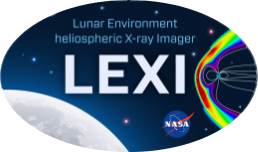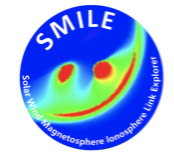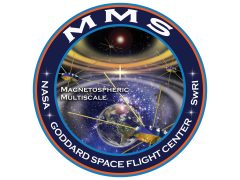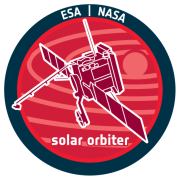the Mission
Overview
As a community, we have had reduced knowledge of the upstream solar wind heavy ion composition, since the severe degradation of the Solar Wind Ion Composition Spectrometer on board the Advanced Composition Explorer satellite in 2011, and of the heavy ion processes in the plasma, being sampled by an extremely limited number of previous missions.
The Elfen mission will bridge these gaps by having two main science goals:
- To understand the heavy ion composition of the solar wind and its influence on the dayside of the Earth’s magnetosphere;
- To understand the origin of and processing involving ions in the plasma sheet.

Spacecraft
and Instruments
To achieve these goals, two science instruments are proposed for Elfen: a mass spectrometer (T-FIPS), and a magnetometer (MAGIC).
- The Triple Fast Imaging Plasma Spectrometer (T-FIPS) is a time-of-flight – Energy (TOF-E) ion mass spectrometer that measures heavy ions in space plasmas, resolving individual ions mass, charge, and energy. T-FIPS design is based on upon mature and flight proven heritage of the Fast-Imaging Plasma Spectrometer (FIPS) that was flown on the MESSENGER mission to observe low-charge state solar wind ion interactions at Mercury. T-FIPS is currently being developed at the University of Michigan under funding separate from the Elfen concept study.
- MAGIC (MAGnetometer from Imperial College) is a tri-axial dual sensor DC magnetometer, developed by Imperial College. The MAGIC design has flight heritage through both CINEMA, an NSF LEO cubesat mission, and the ESA RadCube Space Weather Technology Demonstrator. The scientific requirements of Elfen are to provide context for the heavy ion measurements, and therefore to establish the regions of the magnetosphere.
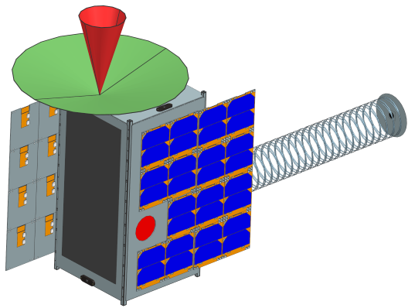
Orbit
The Elfen orbit is planned to be a circular 12 RE (1 RE is approximately 6371 km) orbit with 0° inclination (in GSE coordinates), over a 1-year mission lifetime.
A spacecraft on this orbit will spend 33.5% time in the magnetosheath and 66.5% in the plasma sheet under quiescent conditions. Under driven conditions, these proportions change to 11% beyond the bow shock, 34% in the magnetosheath, and 55% in the plasma sheath. Neither scenario results in the spacecraft passing into the radiation belts, which is of benefit with respect to the radiation hardness required for the two science instruments.
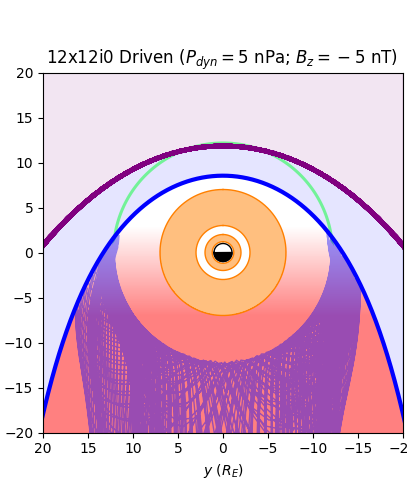
Related Missions
In addition, monitoring the temporal changes in solar wind composition will provide better understanding of the changes in the total X-ray emission emitted via charge exchange, which can occur on impact of an ion with the neutral hydrogen exosphere. This has implications for current and future X-ray imaging missions, such as the joint ESA and Chinese Academy of Science SMILE (Solar wind Magnetosphere Ionosphere Link Explorer) mission, NASA’s LEXI (Lunar Environment Heliospheric X-ray Imager) mission, and the Japanese GEO-X (GEOspace X-ray imager).
Data from Elfen of the plasma composition can also be combined with measurements from the MMS (Magnetospheric Multiscale) mission and Solar Orbiter to better understand the process of plasma injection from the solar wind to the Earth’s magnetosphere and magnetic reconnection both at the dayside and nightside of Earth.
